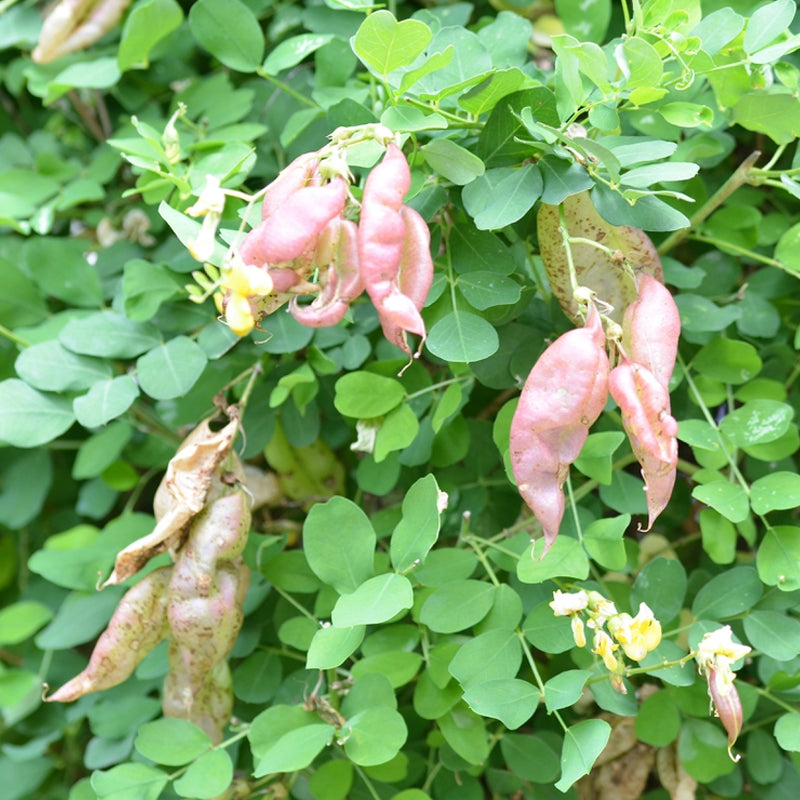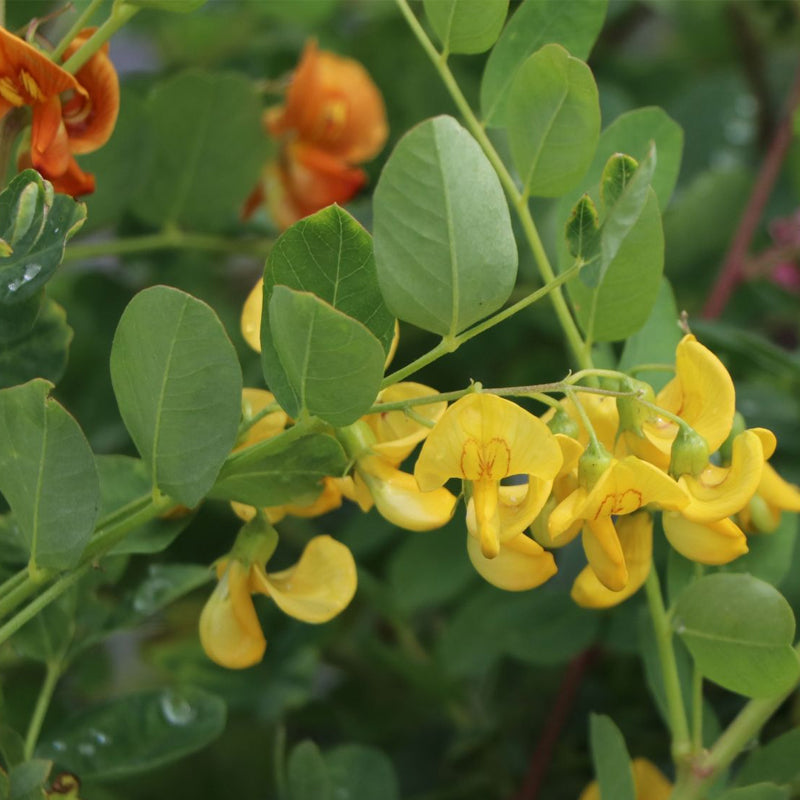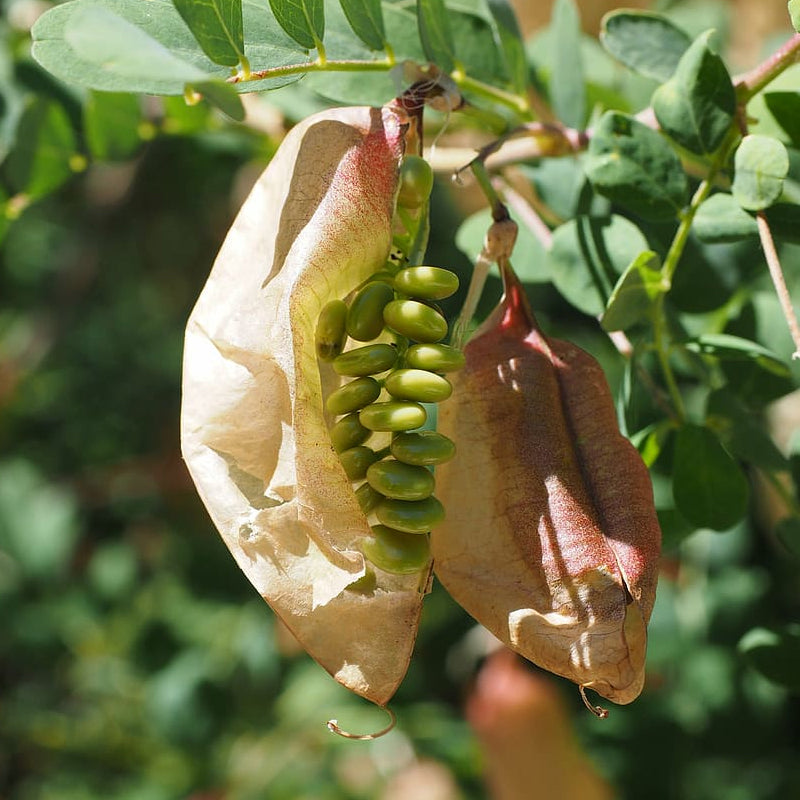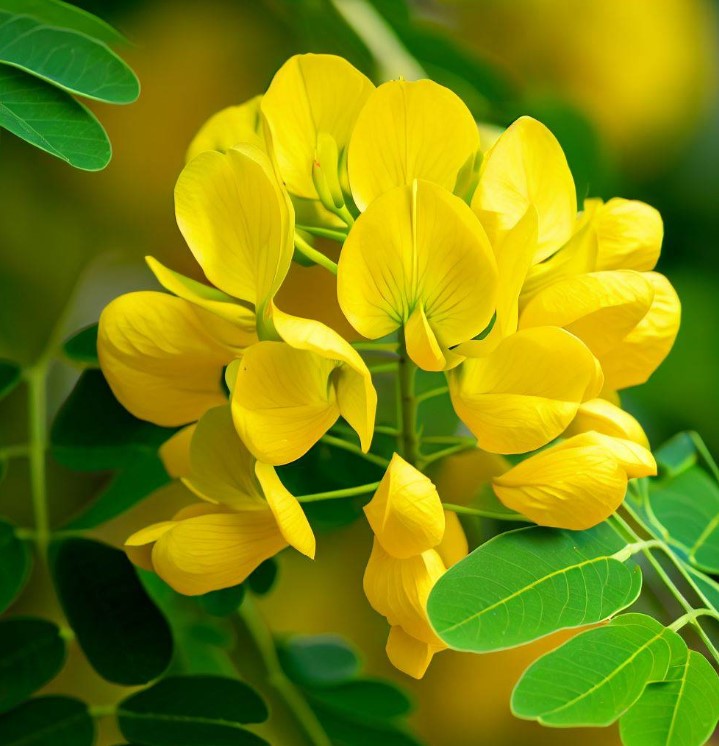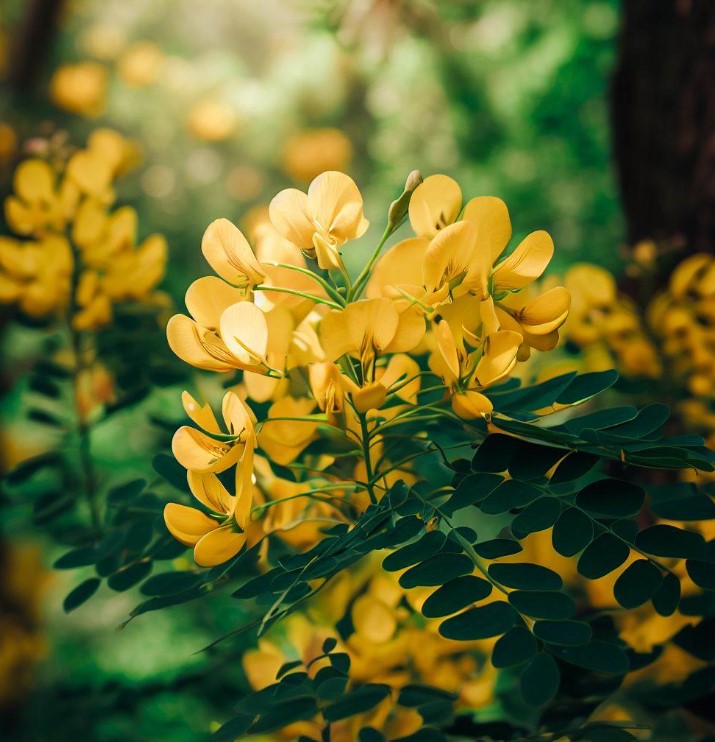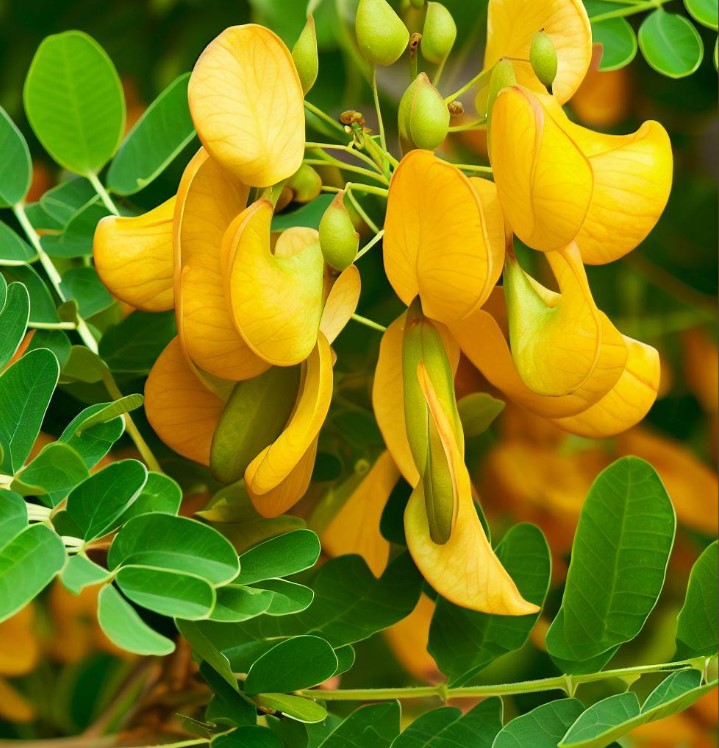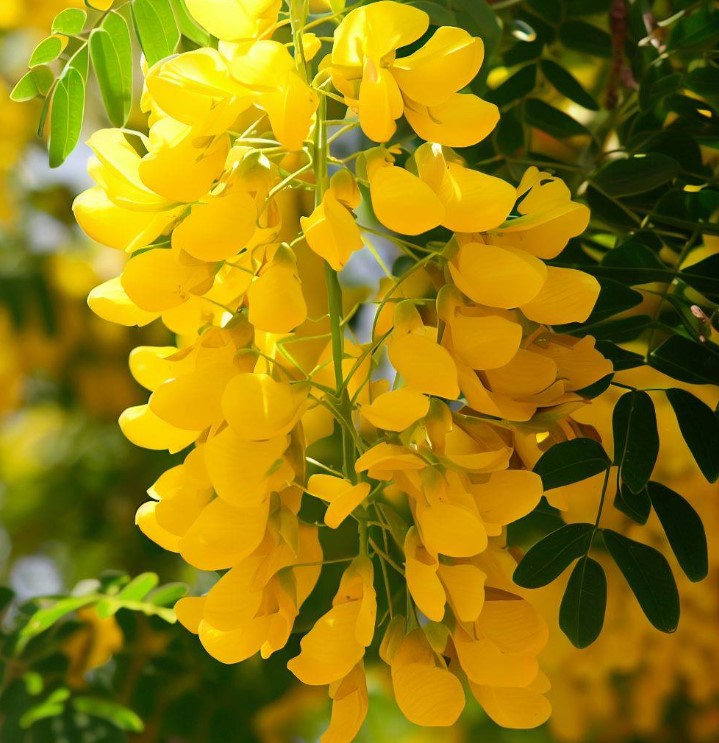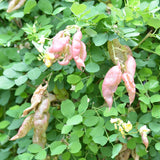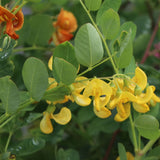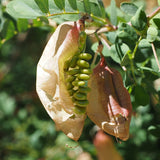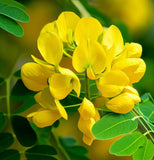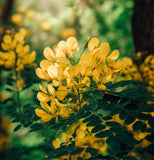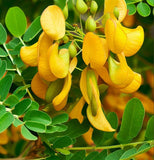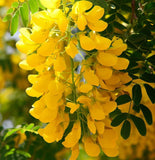Colutea arborescens (Common Bladder-Senna)
Colutea arborescens (Common Bladder-Senna) is a deciduous shrub native to parts of Europe, Asia, and North Africa.
Appearance: Common Bladder-Senna is a medium-sized shrub that typically grows to a height of 2 to 3 meters (6 to 10 feet). It has a bushy and spreading habit with multiple stems. The leaves are pinnately compound, consisting of several small leaflets. The foliage has a grayish-green color and can add an attractive texture to the landscape.
Flowers: The shrub produces vibrant and showy yellow flowers that are pea-shaped and arranged in elongated clusters. The flowers bloom from late spring to early summer, creating a striking display. The attractive flowers are a valuable feature of the plant.
Fruit: After flowering, Common Bladder-Senna develops distinctive inflated seed pods that resemble small bladders or pouches. These pods start off green and turn brown as they mature. They contain seeds and persist on the plant for an extended period.
Habitat: Common Bladder-Senna is often found in dry, rocky, or sandy habitats, such as open woodlands, scrublands, and slopes. It is well-adapted to arid conditions and can tolerate poor soil quality.
Cultivation: Common Bladder-Senna is cultivated as an ornamental shrub in gardens and landscapes for its attractive flowers and interesting seed pods. It prefers full sun and well-drained soil but can tolerate various soil types. Once established, it is relatively drought-tolerant and requires minimal maintenance.
Nitrogen Fixation: Like other members of the legume family (Fabaceae), Common Bladder-Senna has the ability to fix atmospheric nitrogen through a symbiotic relationship with nitrogen-fixing bacteria in its root nodules. This nitrogen fixation process enriches the soil with nitrogen, benefitting nearby plants and contributing to ecosystem health.
Wildlife Value: The flowers of Common Bladder-Senna attract pollinators such as bees and butterflies, serving as a nectar source. The seeds are consumed by birds and small mammals, contributing to their diet and dispersal.
Botanical Name : Colutea arborescens
Common Name : Common Bladder-Senna
Height : 6- 8 ft
Spread : 6- 8 ft
Germination Info : Seed requires scarification prior to sowing
Hardiness zone : 5-7
Average seed per ounce : Approx. 2,125

